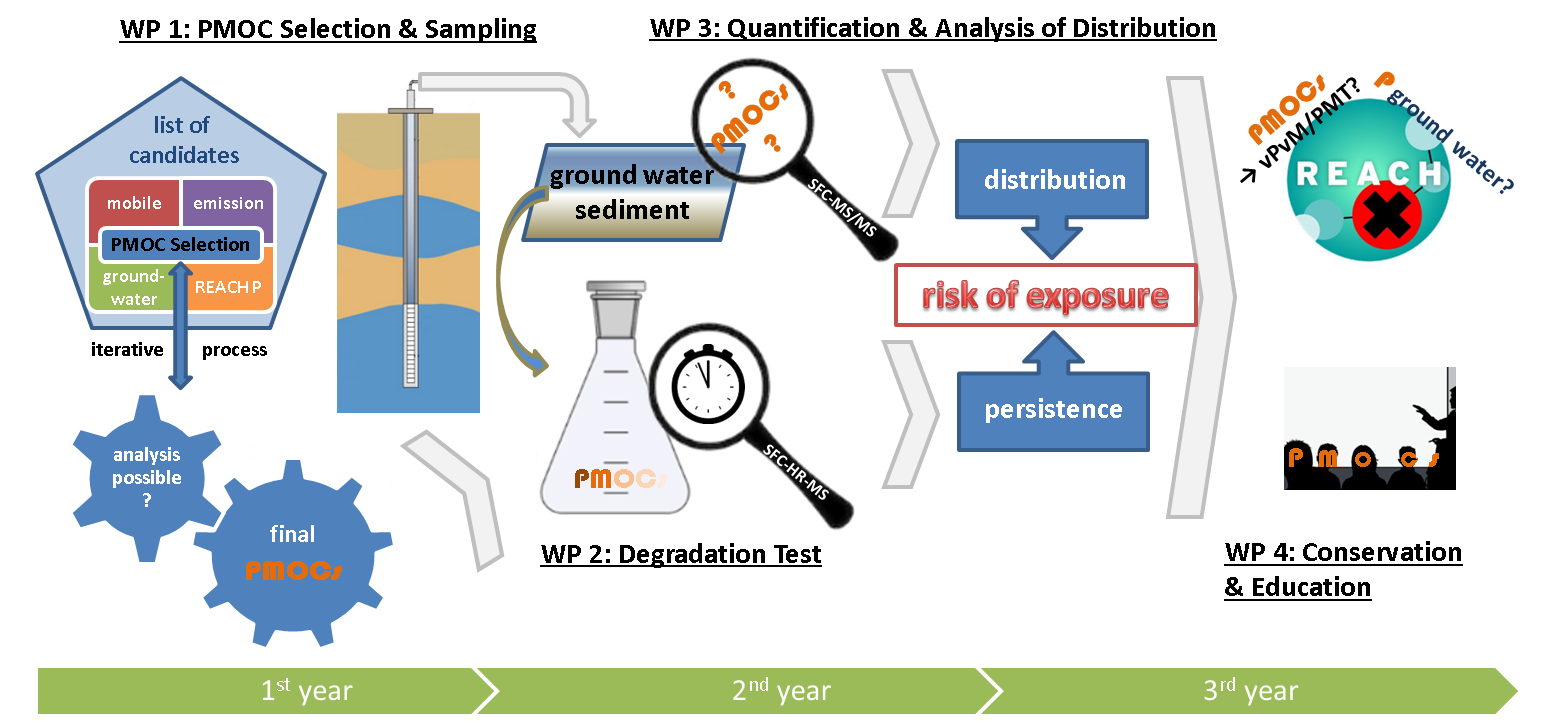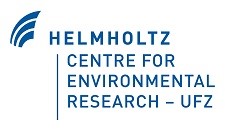
How to prevent the pollution of groundwater resources by persistent, mobile organic (PM) substances?
Fundamental research on the distribution and degradation of PM substances to address their source of pollution.
Founded by the

Persistent and mobile organic (PM) compounds (also called PMOCs), such as p-toluenesulfonic acid, p-toluenesulfonamide, sulfanilic acid and dimethylbenzenesulfonic acid and per- and polyfluoroalkyl substances (PFAS) were shown to occur in groundwater. This is due to their remarkably high mobility: Once the chemicals are emitted to water, they are transported quickly through soil and subsoil. This mobility is a unique substance property among organic chemicals and pollutants. The chemical analysis of PM substance is very challenging because of their low sorption characteristics, which causes a distinct knowledge gap. Until now, the persistence of chemicals in groundwater is not evaluated in a regulatory context (see e.g. REACH Regulation (EC) No 1907/2006: European chemicals regulation). However, several studies have shown that the persistence of organic chemicals in groundwater can be especially high. This also applies to the four PM substances mentioned above, which show half-lives of more than one year in aquifers – although they are assessed as non-persistent using the current REACH persistence criteria. Fundamental research is crucial and urgently needed to investigate the fate and persistence of PM compounds in groundwater and with that the exposure situation for humans and the environment, especially as 2/3 of our drinking water is gained from ground water.
This project will develop and apply experimental tools to investigate the fate and persistence of PM compounds in groundwater. This includes further development of analytical methods, a monitoring study as well as the development of a test system to evaluate the persistence in aquifers and aquifer sediments under different redox conditions. Therewith, the exposure situation of PM substances in groundwater can be investigated and assessed. The developed experiment tools and the knowledge gained in this project could form the scientific basis needed to expand the REACH regulation for mobile chemicals rapidly reaching groundwater.

Contact persons:
Dr. Qiuguo Fu qiuguo.fu@ufz.de
Till Meier
till.meier@ufz.de
Prof. Dr. Thorsten Reemtsma
thorsten.reemtsma@ufz.de
Dr. Urs Berger
urs.berger@ufz.de
Cooperation partners:
Saxon State Office for the Environment, Agriculture and Geology; Department 43, urban and ground water, Dr. Peter Börke; Link
Helmholtz Centre for Environmental Research – UFZ; Department Isotope Biochemistry; Research Group Aquifer Biogeochemistry, Dr. Carsten Vogt, Link


